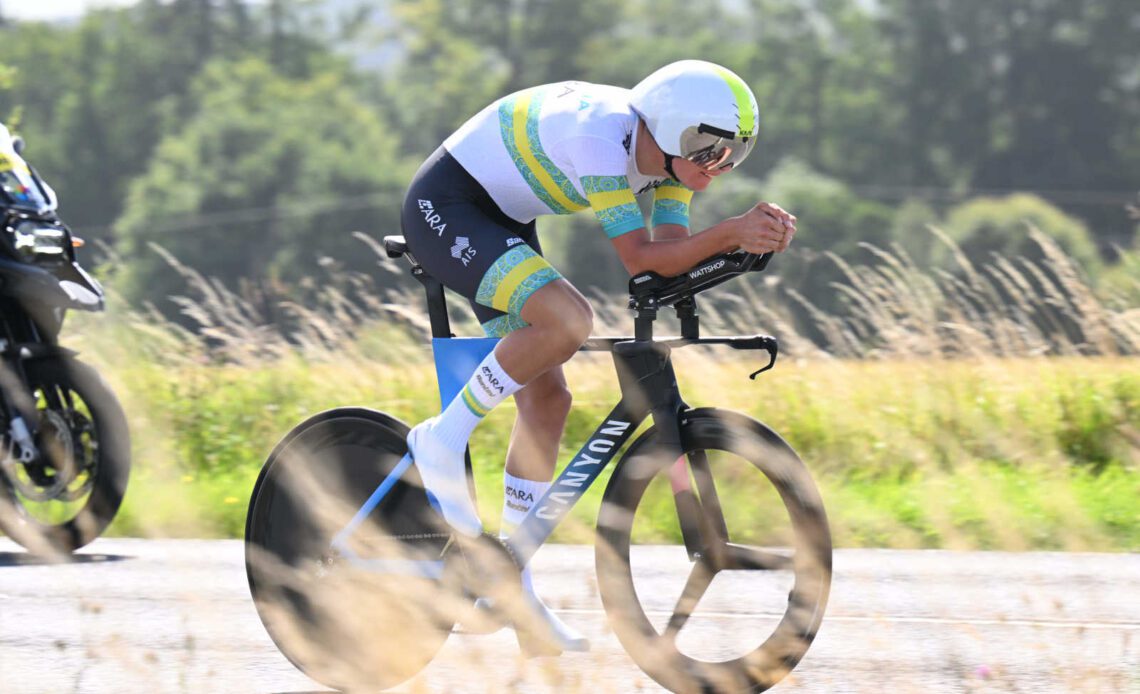A well-engineered time trial bicycle can make the difference between a rider finishing first in a race or twentieth. Aerodynamics and other technical aspects of bicycles significantly influence the outcome of any race, but when the rider is alone in the wind, the margins are significant. With a bad position or slow bicycle, the strongest rider won’t be a contender in a time trial.
At the professional level, where teams are sponsored by bike brands and have financial resources to allocate to testing and analysis, this is part of the game, yet at the junior level (under 19 years old) where riders are on teams with limited budgets, or are self funded, the expense and effect narrows the funnel of riders coming into an already expensive sport. Teenagers, and their parents, shouldn’t need to be concerned with purchasing a $15,000 time trial bike, on which they may race only a handful of times in a season, to be competitive. The pursuit of speed through aerodynamics can be a financial arms race.
The financial realities for parents
Cycling is no longer an inexpensive working class sport. Financial cost on every level limits participation. At the youth level, this needs to be addressed especially as kids grow, forcing parents to buy multiple bikes each season.
With the advent of the power meter and increased understanding of how to test the performance of a bicycle and rider, engineers, and even curious cyclists, can figure out where to save energy to go faster. We now have a greater understanding of just how much the technical aspects affect the results of a race. The margins are so great that in the professional peloton, teams with less aerodynamic equipment know they won’t be in the top ten before the race even starts. The teams who allocate their resources to performance analysis are on top, while those with small budgets, sponsor limitations, or simply a lack of understanding of the significance of aerodynamics, are left to follow and, ultimately, to copy those who lead.
The tech arms race of cycling should not involve juniors
Professional teams are now heavily recruiting riders from the junior ranks. Younger riders are performing in the toughest professional races and as a result, teams work to discover the standout talent before they are snapped up by another team. Ten years ago, scouts hunted through the under-23 category whereas now, their focus has shifted to younger riders. Although riders are selected on their physical attributes as well as…
Click Here to Read the Full Original Article at Canadian Cycling Magazine…

